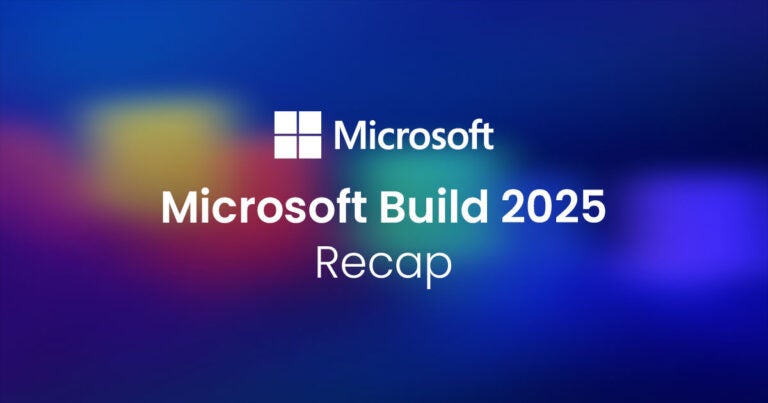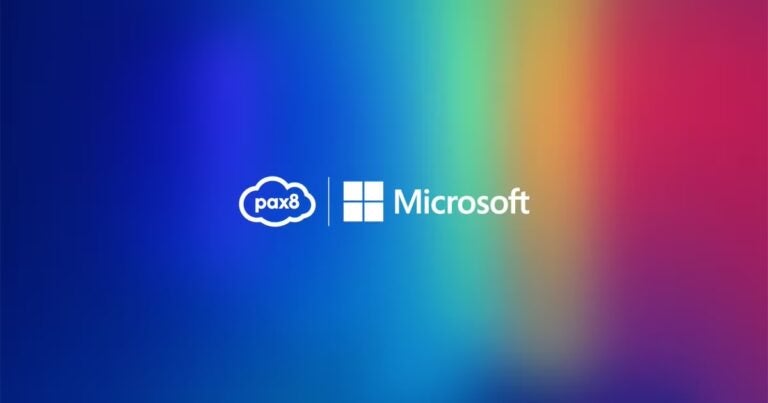Help clients protect their data while improving workflows and driving decisions.
Data: Highly Valuable, Highly Vulnerable
Data is the top asset of the modern business world. Businesses of every size are generating huge volumes of data every day – data that needs to be properly stored, protected, and utilized. And because data is so valuable, it’s also extremely vulnerable — both to modern cyberattacks such as phishing and ransomware, as well as non-malicious incidents such as user error and outages. Today’s businesses need as much help managing their data as they do with managing their financials. This creates a unique opportunity for business advisors to build a data management practice that helps clients properly manage, host, backup, secure, and utilize their growing stores of data.
Thanks to the simplicity of today’s cloud technologies, business advisors can build a strategic stack that ensures your clients’ data is properly deployed and protected. Business advisors can easily build a tech stack around Microsoft Office 365 E5 that includes built-in features and complementary solutions, covering backup, email security and archiving, anti-phishing, password management, and cybersecurity awareness training.
The next phase of a data management practice stack includes the process automation, app-building, and data analytics capabilities of the Microsoft Dynamics 365 Power Platform. Below are five ways that building a data management practice can help business advisors’ roles evolve beyond financials and support clients’ digital transformation objectives.
1. Protect data
Data is under constant threat from cyber attackers, end user errors, natural disasters, power outages, and other unforeseen circumstances. The best way protect data is by layering solutions and features that cover a wide range of prevention and protection methods. According to the Verizon Data Breach Investigations Report, 94% of cyberattacks happen via email, with half of attacks attached to an Office document or spreadsheet.
Backup provides an extra layer of protection for data to enable it to be recovered in the event of a ransomware attack or accidental deletion. In some ways, backup is like insurance for business data. Clients might even be surprised to learn that Microsoft themselves recommend using third-party backup solutions in the Microsoft Services Agreement.
Encryption is an important layer of protection to ensure that sensitive information can be safely shared inside and outside the organization. O365 E5 has built-in encryption capabilities for emails and a variety of attachment types, as well as mail flow rules for applying protection policies.
Password management helps end users maintain strong passwords by removing the human element of memorization – generating unique, strong passwords on their behalf, then encrypting and storing user credentials. This prevents “password fatigue” in which users start to reuse simple, easy-to-remember passwords across accounts which makes it much easier for hackers to break in.
Anti-phishing is crucial to defend against the rising tide of phishing attempts, which continue to grow more sophisticated and difficult to differentiate from legitimate emails and websites. Anti-phishing solutions can help prevent phishing emails from reaching the inbox, as well as flagging suspicious messages and attachments.
Security awareness training is the last line of defense for data. A business’ security posture is only as strong as their least secure employee. In fact, 65% of small to medium-sized businesses (SMBs) currently don’t undergo end user training, even though end users are the number one cause of data breaches. All it takes is one click on a malicious email link, and a business can find mission-critical data held hostage by ransomware. Training end users on proper data protection procedures and cybersecurity best practices helps keep business data safe.
2. Maintain compliance
Many industries — such as healthcare, legal, and finance — have certain regulations, privacy laws, and ethical requirements to comply with when it comes to protecting sensitive information, especially personally identifiable information (PII). By deploying the right solutions and advising on best practices, you can help your clients maintain compliance to avoid fines and penalties.
Data governance is a key part of compliance. Who has access to sensitive, confidential, and proprietary data in the company? Who should have access to that data? One study found that almost half of employees have access to sensitive financial documents, 46% to confidential HR info, and 37% to proprietary R&D and product information. Not locking down this info is a huge risk. Data should be audited and categorized so that only approved employees with privileged authorization and permissions are allowed access.
Data loss prevention (DLP) is a feature of O365 E5 that identifies and automatically protects sensitive information from leaving the organization through deep content analysis and tagging. DLP uses policy templates to identify sensitive information — such as credit card numbers or Social Security numbers — and prevent the accidental sharing of that information. DLP helps users learn how to stay compliant without interrupting their workflow.
3. Automate processes and workflows
The next phase of a data management practices is to improve efficiencies throughout an organization by connecting functions from separate applications, automating processes, and creating custom apps. The Microsoft Dynamics 365 Power Platform helps you take control of workflows to customize solutions to your clients’ business challenges, all with the customizable ease of pre-built templates, connectors, and “record, point, and click automation.”
Power Apps makes it easy to modernize processes by building apps with little or no code across any system (on-premises or in the cloud).
Power Automate improves productivity and reduces manual processes through workflow automation.
4. Collect, analyze, and display data for real-time analysis
Data that sits in storage metaphorically collecting dust doesn’t offer any value. By collecting and analyzing historical data, a data management practice can provide powerful business insights. Data also needs to be displayed in a way that’s easy to view, interpret, and put into action. This is extremely important to drive data-based decisions across the company.
Power BI is an app in the Microsoft Power Platform that creates real-time dashboards from data collected across all applications. These dashboards help clients visualize data and focus on indicators that directly inform crucial business decisions.
5. Forecast and plan with predictive data from AI-driven business intelligence apps
In addition to historical analysis, AI-driven business intelligence apps, such as those in Microsoft Dynamics 365, can improve forecasting and resource planning. Typical financial data, while important, is a lagging factor. The insights from predictive business intelligence can provide deeper clarity into the pipeline to better pinpoint acquisition and retention rates, while also improving productivity and client satisfaction.
Building a Data Management Practice is a Win-Win
Business advisors have the opportunity to become a centralized source of cloud consumption for clients, while guiding their digital transformation. By offering a cloud stack that protects data, creates process efficiencies, and utilizes data as a tool to drive actionable insights, you can ultimately help your clients attract new customers, improve employee productivity, and streamline their operations – all while being better protected from disaster and ensuring compliance.
In turn, you benefit from diversifying your revenue stream, increasing your relevance to the clients you advise, and adding value to their business.
And building a data management practice is not as daunting as it sounds! Pax8 enables business advisors to offer proven cloud solutions for data management, combined with the ease of the Pax8 Platform for instant product ordering, consolidated billing, and automated provisioning. We are experts in the Microsoft ecosystem and can advise you on how to get started with building a strategic data management practice tech stack.
We’ve also created The Evolving Business Advisor’s Guide to Building a Data Management Practice that provides tips and tactics for moving your client conversations beyond financials to ensure their data is protected.





